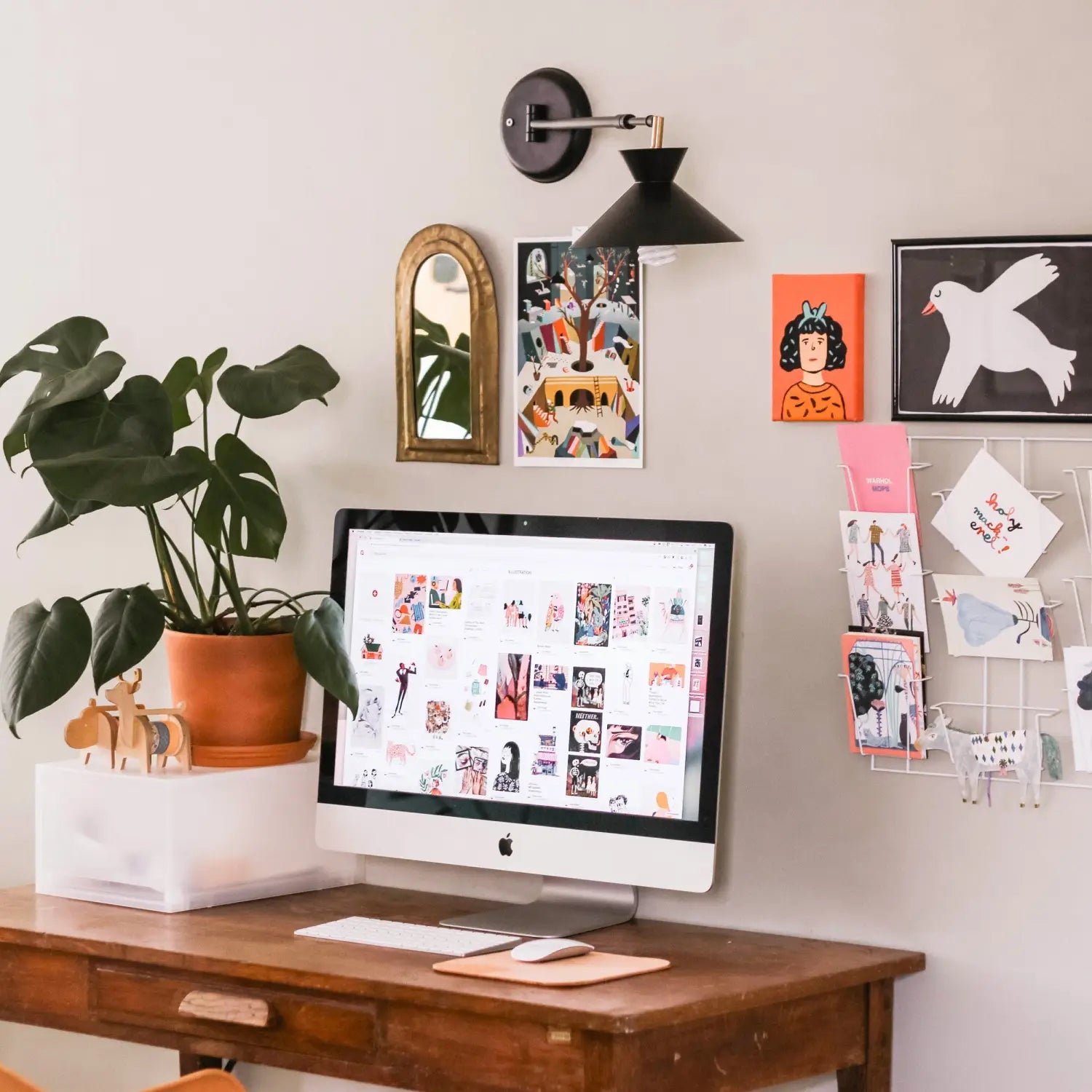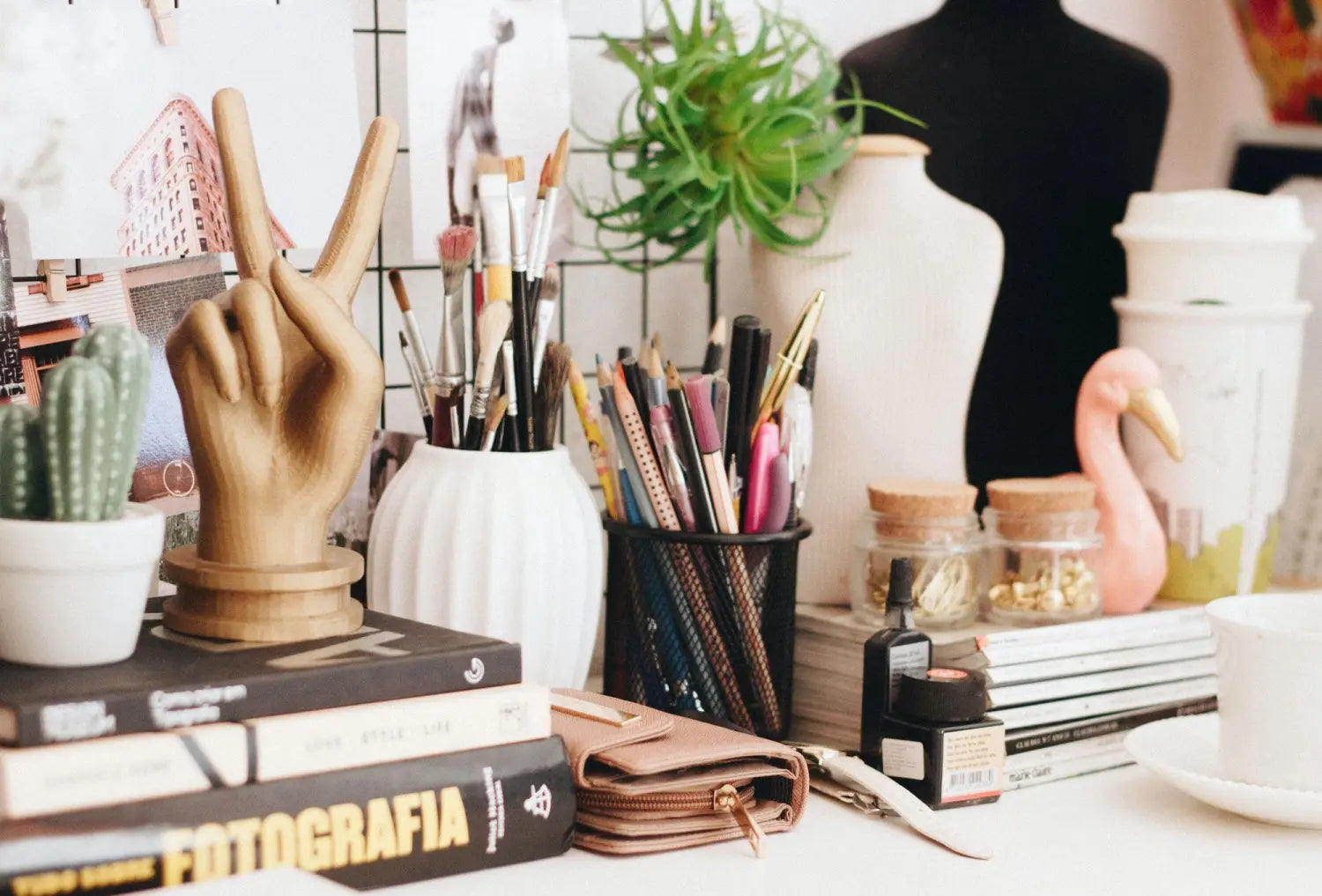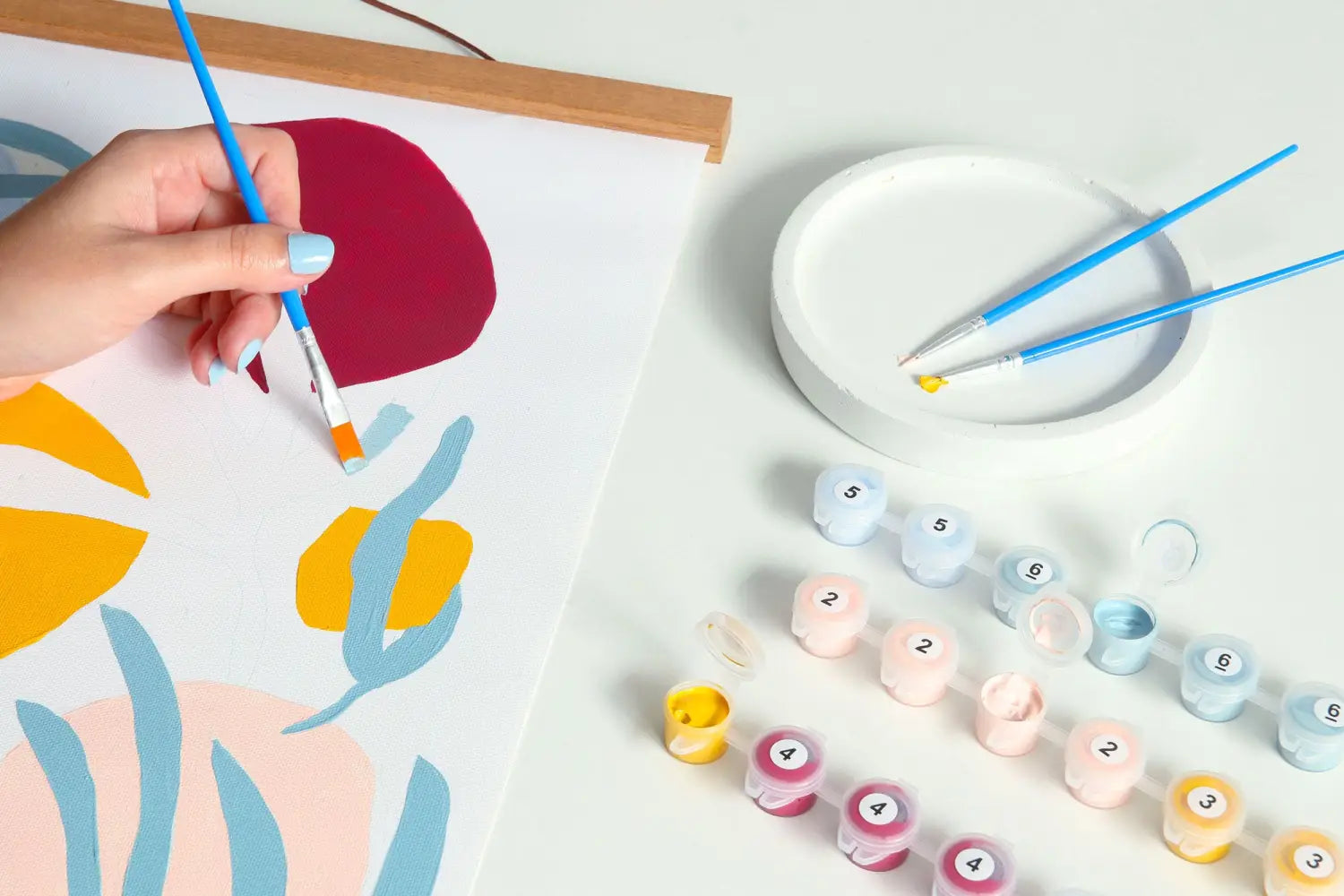Introduction to copyright
Hello everyone! Today, we are going to talk about copyright, the legal rules that protect original works and the rights of creators. If you are an artist or artisan like us, it is important to know and understand these rights in order to protect your work and intellectual property.
We are always learning about this subject, and this article aims to familiarize you with the sometimes complex universe to which this subject belongs.
Note: I will use "author" to avoid weighing down my text by writing "author/authoress", but you will understand that this information applies to everyone.
I am not a lawyer, so if in doubt, always seek the advice of a certified professional.
Copyright protection
Did you know that works protected by copyright include, among others, literary, musical, artistic, and cinematographic works? The good news is that copyright protection is automatic upon the creation of the work, without the need to file an application or follow a particular procedure.
The duration of copyright protection.
In general, copyright protection lasts for the life of the author plus 70 years after their death. After this period, the work falls into the public domain, which means it can be freely used by anyone without needing the author's or their heirs' permission.

Image Source : Unsplash
Moral and economic rights
Copyright includes two categories of rights: moral rights and economic rights.
Moral rights are inalienable and non-transferable, which means they remain attached to the author even after the transfer of economic rights. Economic rights, on the other hand, are transferable and allow the author to derive financial profit from their work.
Assignment of copyright
An author may choose to assign their economic rights to a third party, such as a publishing house, an art gallery, or a production company. The assignment must be in writing, and the terms of the agreement must be clear and specific. It is important to fully understand the terms of the assignment before signing a contract to avoid any future disputes. In the past, we didn't always read everything and learned the hard way from our negligence…
Exceptions to copyright
There are certain exceptions to copyright, which allow for the use of a protected work without the author's permission. These exceptions include quotation, parody, pastiche, caricature, teaching, and research. These exceptions are limited and must comply with the conditions provided by law.

Image Source : Unsplash
Counterfeiting and sanctions
In Quebec, counterfeiting is a violation of copyright that consists of reproducing, representing, or distributing a protected work without the author's permission. Counterfeiting is sanctioned by the Canadian Copyright Act (Copyright Act, R.S.C. (1985), c. C-42). According to this law, infringers may be sued civilly or criminally.
In a civil suit, the author can request damages for the harm suffered. The courts will take into account the losses suffered by the author as well as the profits made by the counterfeiter through the unauthorized use of the work. In criminal cases, sanctions can include fines and, in some cases, imprisonment.
Steps to take in case of a dispute
In case of a copyright dispute in Quebec, it is recommended to consult a specialized lawyer for legal advice. It is also possible to take legal action to assert one's rights and obtain compensation for the harm suffered.
Authors can also turn to collective management organizations, such as SOCAN (the Society of Composers, Authors, and Music Publishers of Canada) or SODRAC (the Society for Reproduction Rights of Authors, Composers, and Publishers in Canada), to manage their copyright and resolve disputes.
In the case of online counterfeiting, authors can use the notification and takedown procedure provided by Canadian law, which allows them to request that internet service providers remove counterfeit works from their platforms.
It is important to react quickly in case of a dispute to effectively protect one's copyright. Vigilance and knowledge of the steps to take in case of a dispute are essential to ensure the protection of your work and intellectual property.
The importance of copyright for artists and artisans
Copyright is essential for artists and artisans because it guarantees the protection of their work and allows them to control the use of their works. By understanding the basics of copyright, creators can make informed decisions about managing their rights and protecting their intellectual property.

Image Source : Unsplash
Creative Commons licenses
Creative Commons licenses are a set of licenses that allow authors to share their work while retaining their copyright. These licenses offer different options for authorizing reproduction, distribution, modification, and commercial use of the work, according to the author's wishes.
Trademarks and patents
In addition to copyright, there are other forms of intellectual property protection, such as trademarks and patents. Trademarks protect the distinctive signs of a company or product, while patents protect inventions. Artists and artisans must know these different mechanisms of protection to best defend their interests.
Respect for copyright on the internet
With the development of the internet, respect for copyright has become a major issue for artists and artisans. It is important to know the rules applicable online to avoid infringements and protect your work. Authors must be vigilant about the use of their works on social networks, sharing platforms, and online sales sites.
Conclusion
So, we have taken a look at the basics of copyright for artists and artisans. As you can see, it is essential to know and understand this legal protection to protect your work and rights. Authors must also be aware of the different licensing options and other mechanisms of intellectual property protection, such as trademarks and patents. Finally, it is crucial to respect copyright on the internet to preserve the value and integrity of your work.
Remember that protecting your works is a significant step in your journey as an artist or artisan. Don't hesitate to learn more and seek legal advice if necessary to ensure the security of your intellectual property!


